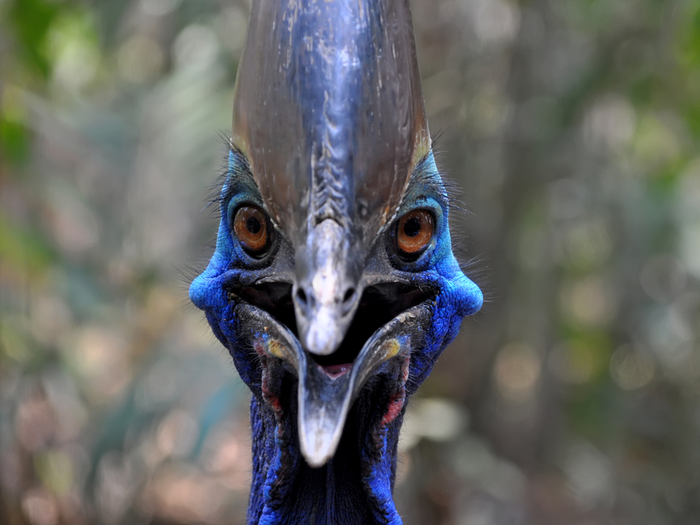
Of all the many things humans did not get the chance to experience, both living and nonliving, dinosaurs are some of the most fascinating. However, there are still some animals currently existing that are closely related to these extinct creatures. Keep reading to find out about some of these animals.
What Are Dinosaurs?
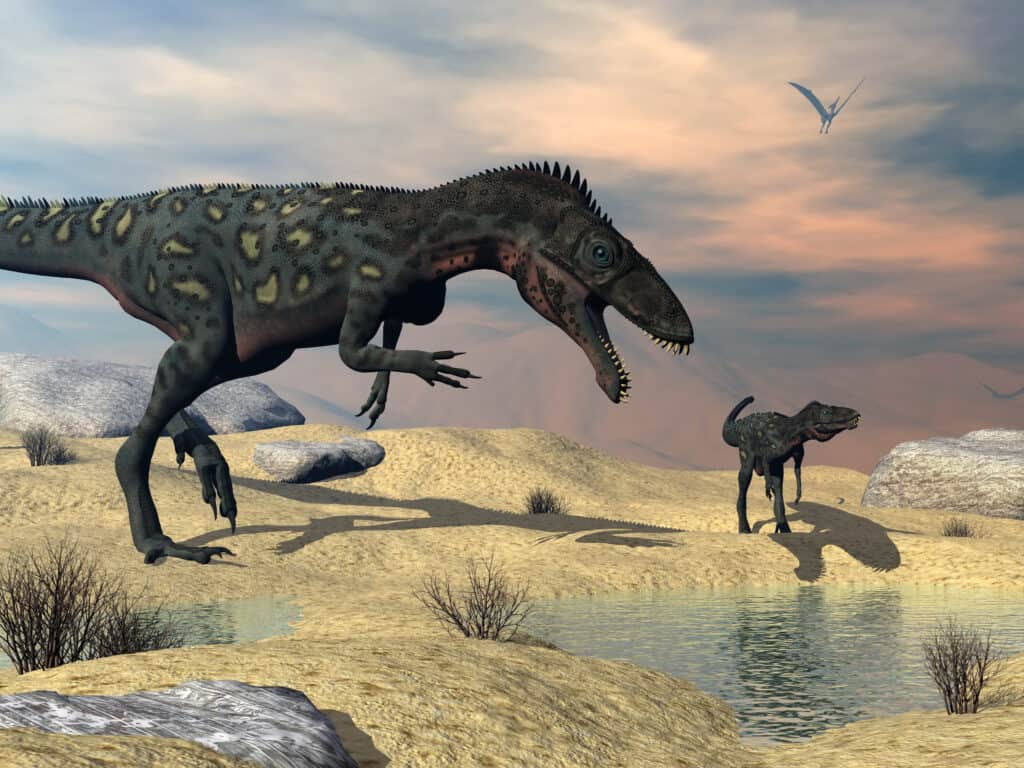
Approximately 240 million years ago, during the Triassic Period, a sizable group of prehistoric reptiles known as dinosaurs thrived on earth. It is believed that at the time these creatures still existed, Earth’s continents were still joined, which helped them survive even better until their sudden disappearance 65 million years ago at the end of the Cretaceous Period. Among many people, there is a belief that all dinosaurs were huge, but this is a misconception. Although there were many huge dinosaurs, some as huge as 120 feet and easily weighed 100 tons, there were also many other dinosaurs as small as 20 inches that did not weigh much.
It has been established that dinosaurs ranged in size, but they also ranged in appearance and habits depending on their species. So far, experts have been able to identify and group dinosaur fossils into over 700 species, but there is no saying how many more species are still undiscovered. Further classification of dinosaurs is into avian and non-avian; that is, dinosaurs that can fly and those that cannot. These animals were also classified based on their dietary choices; they were either carnivorous, herbivorous, or omnivorous. Herbivores had teeth that were flat and squared off, but carnivores had massive, distinct canines. Although omnivores had a combination of both, the canines of carnivorous dinosaurs were less developed.
230 million years ago, during the Triassic Period of the Mesozoic Era, dinosaurs lived on every continent. During this time, the continents were all still connected. Additionally, their fossils have been discovered all throughout the planet. This proves they existed everywhere on Earth, while some species were more common in particular places than others. The world’s forests, deserts, and oceans were home to a variety of terrestrial and aquatic species of dinosaurs.
Which Living Animals Are Closely Related to Dinosaurs Today?
Although some experts consider birds to be the only descendants of dinosaurs still in existence, many other living animals are believed to be closely related to dinosaurs.
1. Crocodiles
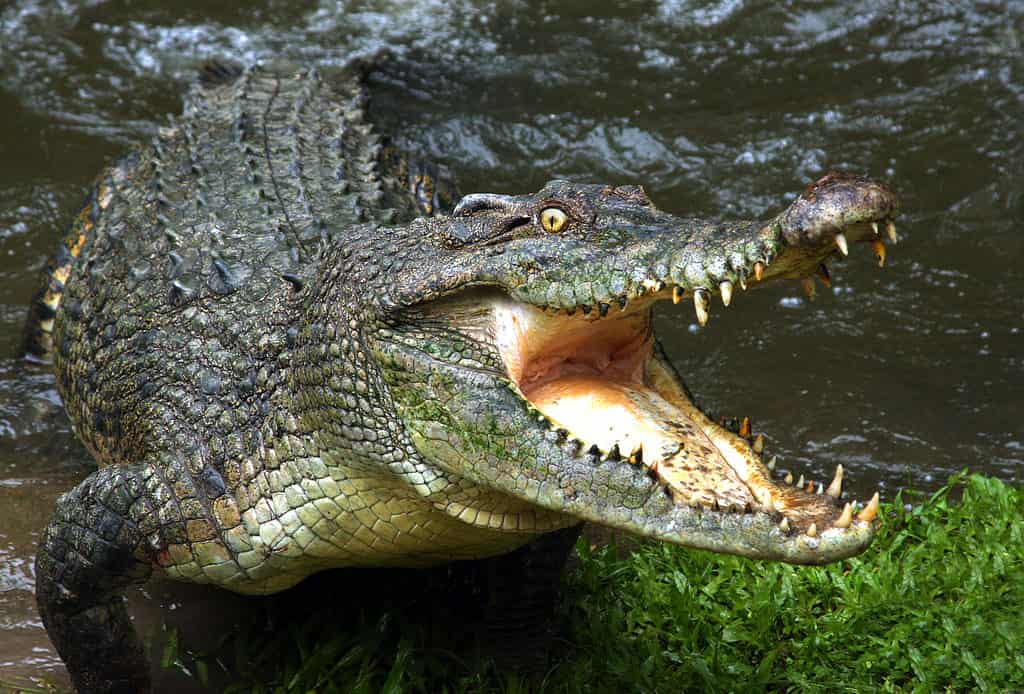
To the surprise of many people, crocodiles belong to an ancient group of reptiles called archosaurs that included dinosaurs. Crocodiles are believed to have survived successfully over time because they are so well matched to their surroundings, despite dinosaurs going extinct 65 million years ago. Although these reptiles have existed for far longer than we know, experts have revealed that there has been very little difference between the species that exist now and those that lived some 200 million years ago.
The primary similarity between crocs and dinosaurs is that they are both reptiles. Dinosaurs also shared a cold-blooded nature with crocodiles and depended on the environment to help regulate their temperatures. Some of the physical similarities these animals shared include their strong jaws, scaly and enormous bodies, and predatory nature. Also, these reptiles had similar habitat preferences.
At the time, many crocodiles and dinosaurs shared their habitats on land, making sure to stay out of each other’s way, but saltwater crocs did not offer dinosaurs such an opportunity. There were aquatic crocs that were longer than the Nile crocodile that hunted dinosaurs that came too close to the water. With a wide range of habitats and physical characteristics, ancient crocodiles were almost as varied as dinosaurs.
2. Birds
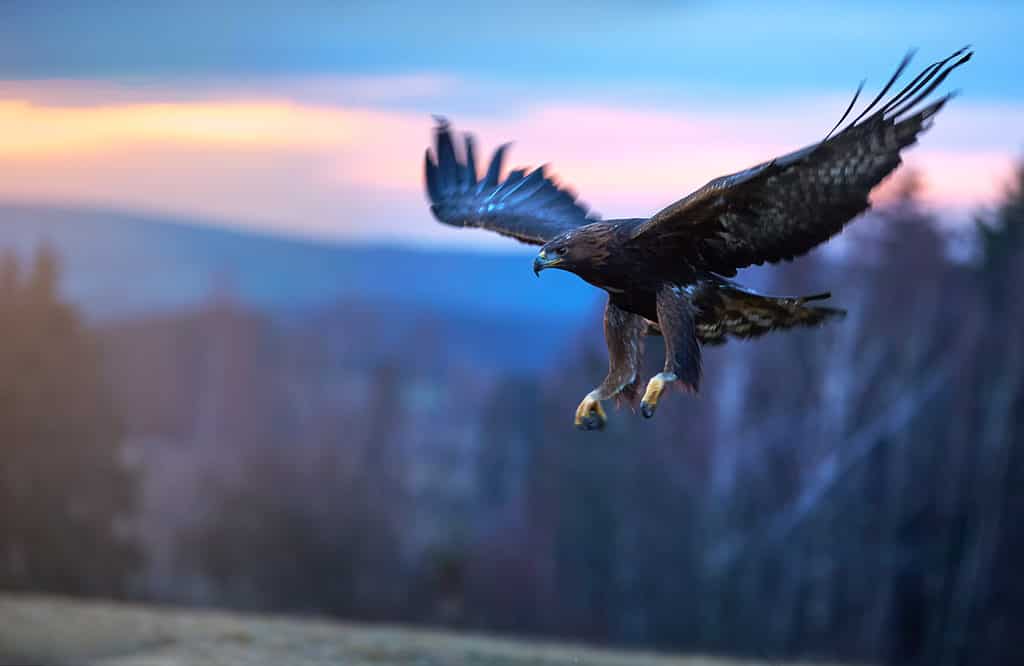
As surprising as it might seem to many, birds are closely related to dinosaurs. According to experts, birds evolved from a group of carnivorous dinosaurs called theropods, the same group one of the most popular dinosaurs, the T. Rex, belonged. The oldest fossils of birds found by experts are as old as 150 million years old, and these birds had a very strong resemblance with small, flying dinosaurs. Like dinosaurs, they had a mouth full of sharp teeth they used to hunt and eat their prey, but over time, these teeth disappeared, and their mouths evolved into beaks.
Despite being related to birds, not all of the dinosaurs that shared similar features with birds could fly. However, the ones that could did so in a variety of ways, which is an indicator that present-day birds went through an evolutionary flight process, helping them to evolve and adapt better.
3. Lizards
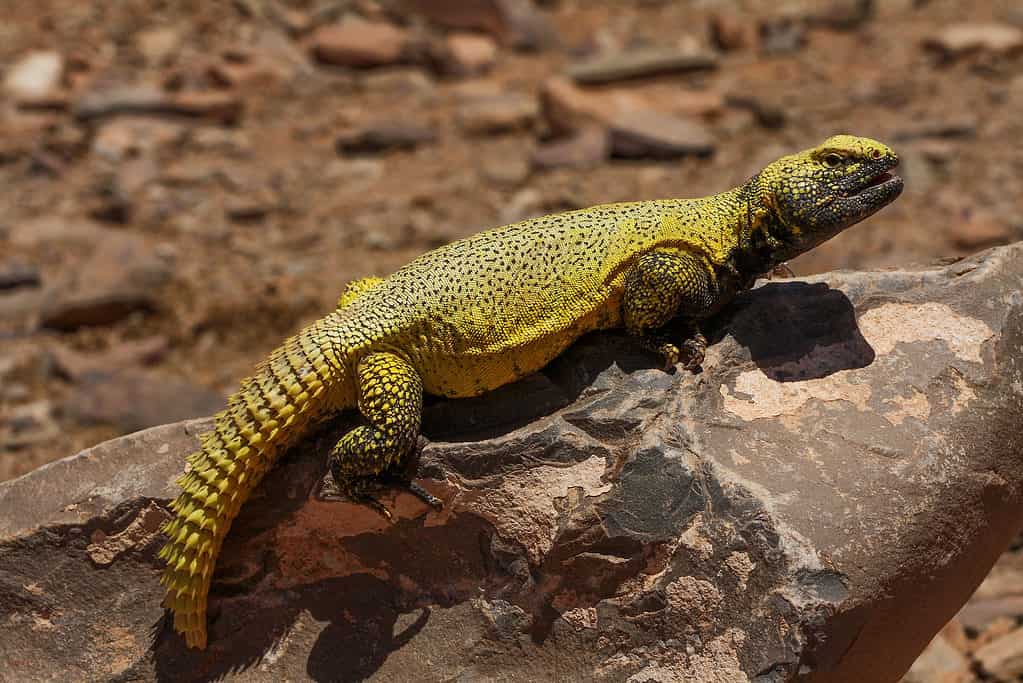
Like most reptiles, dinosaurs had tails like lizards, just so much bigger. Also, some present-day lizards have scales like dinosaurs, and they all lay eggs. To find the initial connection between lizards and dinosaurs, it is important to study the mid-Permian age, a time before one of the biggest extinction events in the world happened. All reptiles, including lizards and dinosaurs, are descendants of Sauropsids, and many of the reptiles living today are direct descendants of this group.
Lizards are definitely reptiles, but they do not fall under the category of archosaurs, which is what dinosaurs are. The primary reason dinosaurs are always considered big lizards, instead of just sticking to referring to them as evolved beakless birds, is because dinosaurs had similarities to lizards. Also, not all dinosaurs could fly, and even for the ones that did, it took a while for experts to find fossils that indicated their existence at any point in history.